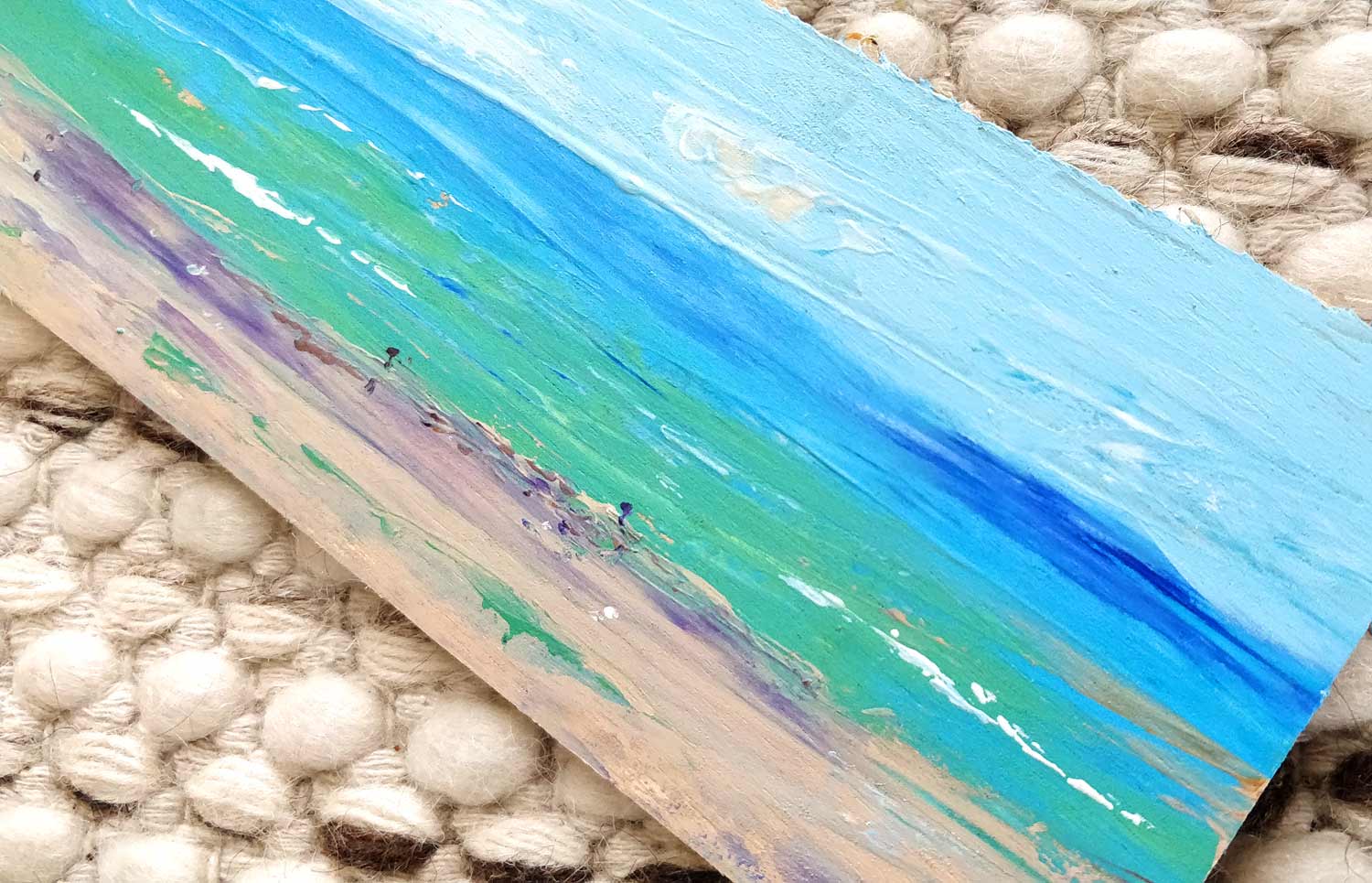I’m an avid listener of the Plein Air Podcast – a podcast that spends a good hour or so with an individual artist who shares some of their deep insight from a career in art. Yes, it’s decidedly and narrowly American, but there’s some good advice there. And recently, I’ve come to read some of it as bad advice too. One piece in particular.

The host often asks a question like, “We have a lot of beginners in the audience, what’s the one thing you would stress that they learn before anything. What’s the most important thing?” And, nine times out of 10, they say that word – values.
I’m not going to write about what they mean by ‘values’. There has been enough written about what they are and how they work in painting. But, the thing with values is, they’re boring. Well, at least I find them boring.
The classic value exercise is to do grayscales or to paint a picture using one colour (and white). The theory is that you can still make a good painting like this because you’ve still got tonal contrast. I heard one interviewee say something like, “It’s like watching a black and white movie. It has tonal contrast only, there’s no colour, and you can still see what’s going on.”
And yes, I don’t disagree with that. Tonal contrast can make a painting sing. But, what I take issue with is telling beginners to start with the most boring part of painting. Painting is a joyous activity. The feeling of shmooshing a brush or a palette knife through an oily liquid is, for me, a multi-sensory experience like nothing else. I also LOVE colour. I love heaps of colour, all colours, the colour wheel, the brights, the dulls. Making new colours from other colours. All of it. Pasting a surface with a multitude of colour is a visceral experience. Seeing how the thickness of the paint moves, how it changes as it dries, what happens when you go back over it – it’s all part of painting. Does that make a ‘good’ painting? Well, I’ll ask another question, “Who cares?”
Do what feels good and worry about the other stuff later.
If you are a beginner and have found an urge to paint, here’s my advice: Forget values, forget colour theory, forget all the ‘technicalities’. You can sit there and listen to podcast after podcast about what you should or shouldn’t do, attend a million demos from professional artists all who will all give you conflicting advice. But that won’t make you paint. My advice? Just paint. Pick a few cheap colours from the store (maybe start with acrylics because they’re easier to clean up) that make your heart sing. Buy a cheap surface (or you can even use scrap wood like I did my first time), and just start. Do what feels good and worry about the other stuff later.

After you slap your favourite colours all over a surface and the rush of emotion drains away, you’re left with a painting. Chances are that painting is not going to win any awards right away, but that’s OK. What beginners really need is to fall in love with the actual process of painting, not the idea of painting. What will happen is that once you’re done, you’ll think, “Wow, I’m awesome, what a great thing! I can’t believe I made that!”… And then you wake up the next day.

No matter what your experience level with painting, when you awake the next morning and look at yesterday’s mammoth achievement, you’ll find things you don’t like. It might be that the colour is not as bright as you can see in your head. Or that the shape you thought was perfect is actually a little wonky. That’s perfectly normal and, if you’re moved to fix it, well, welcome to a life-long journey in art.
If you feel the urge to ‘fix’ your first painting, go and get another scrap of wood or painting surface and do the same painting again, but with your newly-seen improvements. Keep the first painting forever. Over time, you’ll learn from mistakes. You’ll seek out specific instruction for taking you to the next level. You’ll get to values eventually if you find that you enjoy painting realistic things. If you turn out to enjoy abstract painting, then values don’t matter anyway.
The only advice a beginner needs is to start painting. It’s not the most efficient, cheap or methodical way to getting ‘great paintings’. But, doing this is the quickest way to joining the rest of us painters in a life-long fulfilling addiction to art and learning to see. In the end, that’s the whole point of painting.
